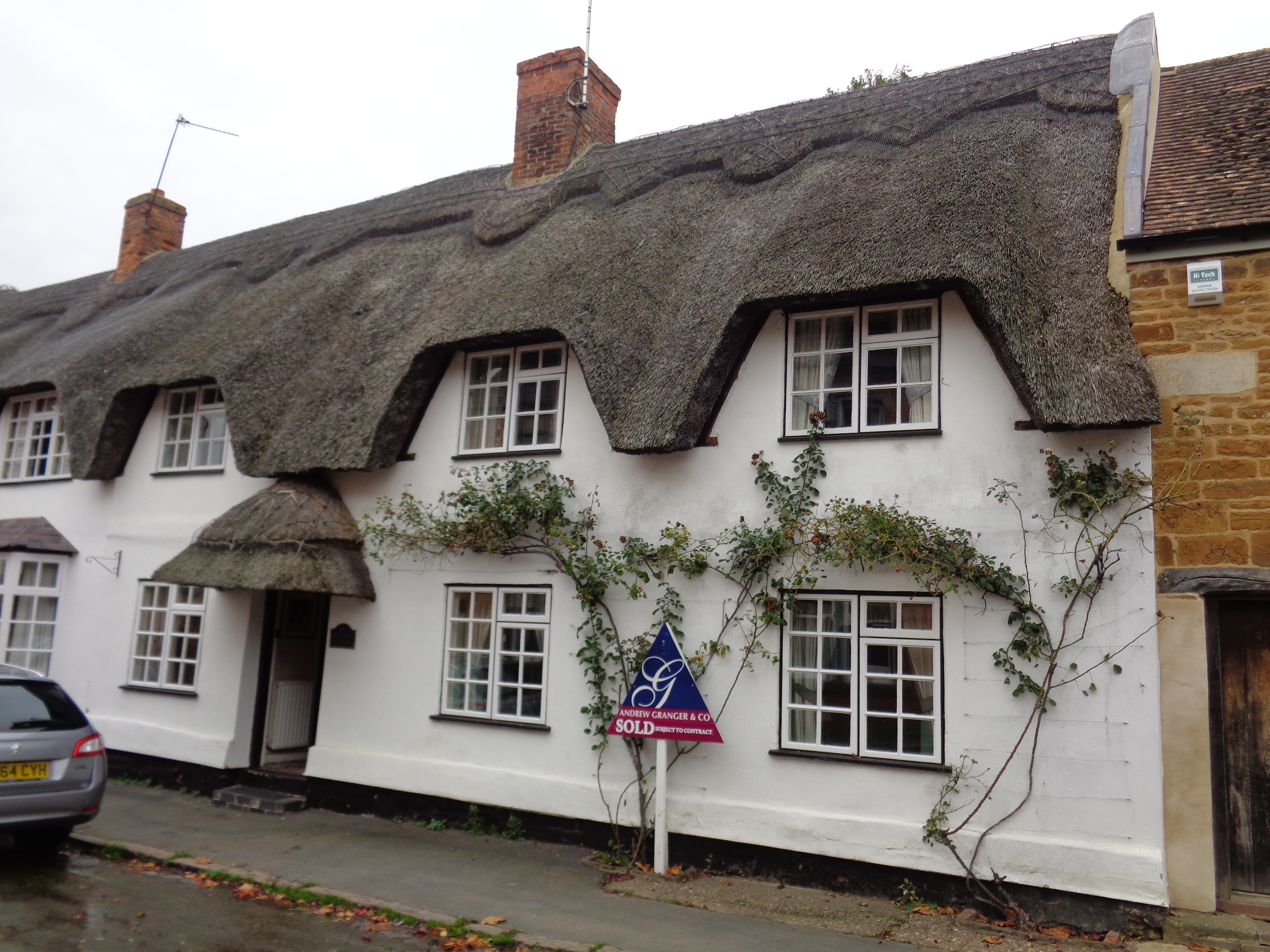


Materials used for thatching were traditionally those of vegetation found in a locality. Long straw, combed wheat reed and water reed (Norfolk reed) together with sedge used as a ridging material are the forms of thatch in most general use today. Long straw is the easiest to recognize as it has long lengths of strew visible on the surface and gives the impression of having been ‘poured on’ in contrast to the closely cut look of combed wheat reed and water reed thatch. Long straw also has external hazel detailing at eaves and gables, a feature rarely found on reed. It is more easily attacked by birds but netting in good order should overcome this. The roof pitch is generally steeper for long straw than for reed.
It is more difficult to differentiate between combed wheat reed and water reed thatch. Comparative costs are difficult to assess. The situation of the building, whether it is to be re-thatched or requires stripping back to the bare timbers have to be taken into account.
The life of thatch will depend on many factors including: the pitch of the roof, roof design (the simpler the better), type and quality of material used, local geography and climate conditions together with the skill of the Thatcher. Trees should be kept well back from the thatch and never allowed to overhang or brush against the roof. Thatch often performs well in windy situations even where rainfall is heavy. Disturbing the thatch may shorten its life so avoid climbing on it or laying a ladder against the thatching materials. Accurate lifespans are difficult to assess although a well kept reed roof will last far longer than a straw one. Re-ridging is likely to be required every 10-20 years.
Thatch is a specialist subject so when purchasing a thatched property it is always prudent to obtain a report on it from a Master Thatcher. There are clear maintenance and insurance implications to be expected when owning such a property. Some would be buyers will be put off by the perceived difficulties of owning a thatched property.